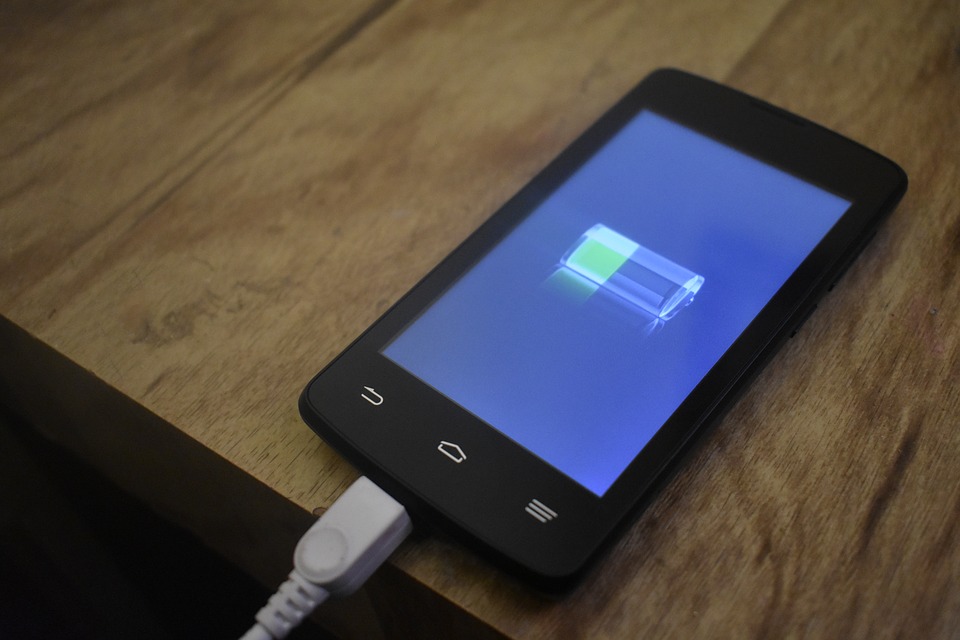VTFET from IBM and Samsung May Extend Battery Life for a Week
One of the most important factors to consider when purchasing a cellphone is battery life. That’s why, over the years, we’ve seen a lot of advancements in terms of quick charging and wireless charging. IBM and Samsung, two of the world’s largest technology companies, have announced a big breakthrough in semiconductor layout that might lead to cell phone batteries lasting a whole week without being charged.
IBM’s research and hybrid cloud system vice president said, “today’s technological release is about breaking tradition and reimagining how we continue to develop society and provide new ideas that improve people’s lives, businesses and minimize our environmental impact.”
Aside from better battery life, the new layout would enable semiconductors to do complex activities like encryption or crypto mining while utilizing a fraction of the resources used by standard processors.
About IBM and Samsung new chip
IBM and Samsung have collaborated on a breakthrough semiconductor technology that promises up to 2x efficiency over current devices while also reducing energy usage by 85 percent. The new semiconductor technology, known as Vertical Transport Field Effect Transistors (VTFET), involves placing transistors vertically rather than horizontally on a semiconductor.
According to IBM, this is a remarkable development that has the potential to “scale beyond nanostructure.” Furthermore, this might result in many user benefits, with the two businesses stating that this technological advancement could contribute to smartphone batteries that last a week without charging the battery.
In addition, the technology may reduce the energy usage required to mine cryptocurrency, potentially reducing the huge climate change concerns related to blockchain-based digital currency. Lesser energy consumption may allow digital phones like connected sensors to work “in more diversified situations, which might transform the Internet of Things (IoT) market.
Both businesses claim that the up-and-down design concept could prolong Moore’s Law, which refers to Gordon Moore’s prediction decades ago that the number of transistors in an embedded system will double every couple of years. According to IBM, the concept has reached its limit since chip manufacturers seek to “load more transistors” within physical size constraints.
In a blog article, IBM research explains, “This new technique overcomes scaling hurdles by relaxing physical limits on transistor barrier height, spacer density, and contact size so that these aspects can each be optimized; either for efficiency or power usage.”
Benefits of VTFET
- A possible device design allows semiconductor device scalability to go beyond nanosheets.
- Cell phone batteries that can last up to a week without needing to be charged, rather than just a few days.
- Energy-intensive operations like crypto mining and data encryption might use much less energy and generate a lower carbon footprint.
- The Internet of Things (IoT) and edge equipment with reduced energy requirements will keep expanding, allowing them to function in more diverse situations such as ocean buoys, driverless cars, and spacecraft.
The prospect of cellphone batteries that can survive more than a week rather than just a day or two excites all the users. Nevertheless, given that this statement was only made this week, we still have a long way to go before we see VTFET integrated into everyday products. At the very least, we now know what we’re aiming towards.

